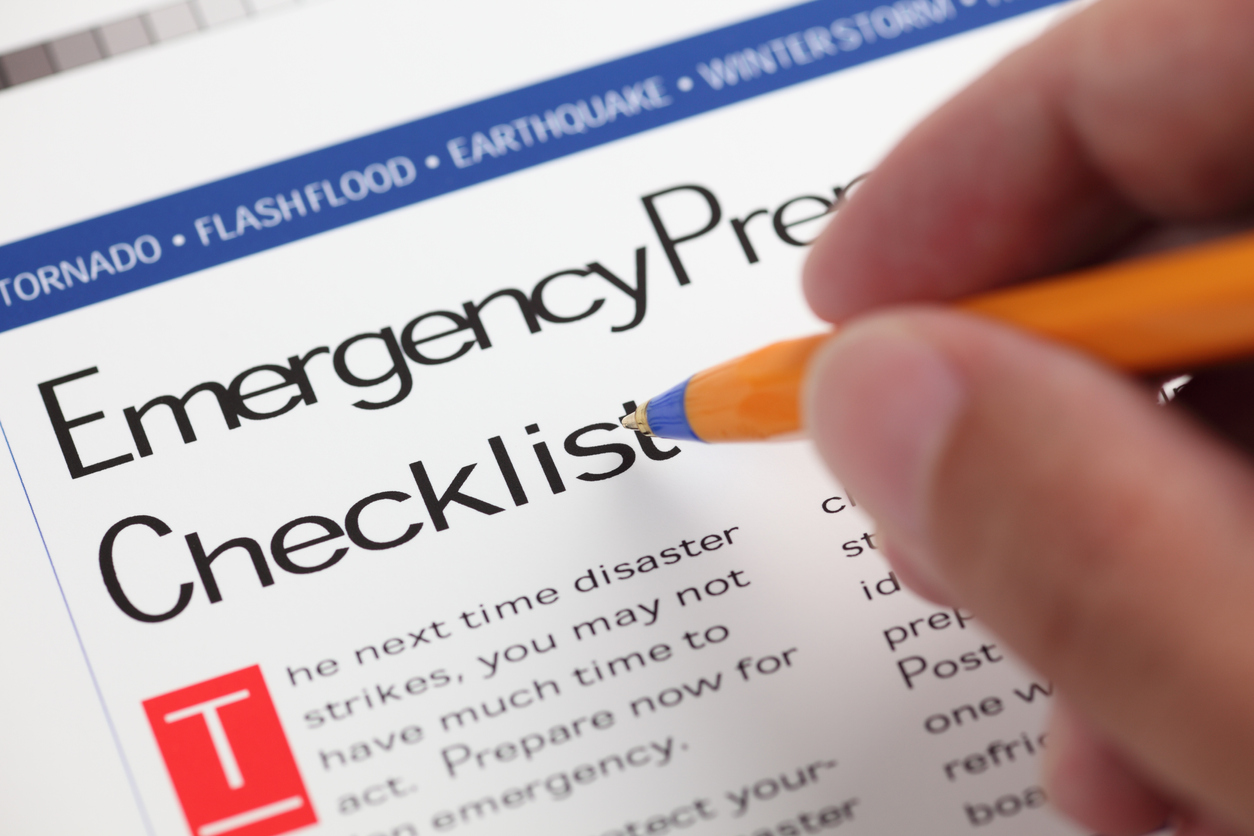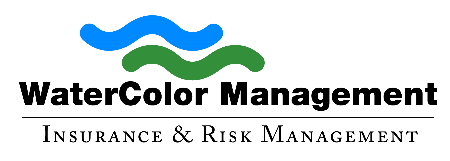
When you flush the toilet, you probably don’t immediately ponder where your wastewater goes and how it is handled. You definitely don’t contemplate the emergency response plan for wastewater plants. If you insure such facilities, though, you should. Wastewater plants are a vital component of public safety, and an emergency facing one of these plants can be an emergency for the general public, too. That’s why partnering with clients to create an emergency response plan is one of the most important parts of risk management. With wastewater treatment insurance and an ERP in place, liability can be minimized effectively.
Have Emergency Info Readily Available
The first step to creating an ERP is collecting and publicizing the information that should be referenced in the event of an emergency. Such information includes:
- Who should be contacted if there is an emergency
- Who is the lead emergency management personnel
- Who is authorized to make decisions
- What tasks are prioritized in the midst of an emergency
This information should be posted in a place that is publicly visible and accessible to all staff members. It should be updated often if any changes happen that affect the information on the list.
Understand What to Prepare For
Disasters are rarely expected, but there are some specific disasters that wastewater plant staff should be prepared for. Natural disasters are perhaps the most obvious — it is imperative that a wastewater staff have an established protocol for a flood, tornado, or hurricane. Major system malfunction is yet another incident with the potential to escalate into a disaster. Less likely risks necessitate preparation, too — intentional sabotage or bioterrorism are risks facing wastewater plants that should not be ignored. Understanding what to prepare for is key component of establishing an ERP.
Identify and Define Objectives
ERP guidance for wastewater systems dictates that clear objectives of disaster response should be identified and defined. This typically looks like a list of tasks that must be completed, such as the following:
- Alert public to a risk and necessary action
- Involve disaster management personnel
- Identify source of the disaster and assess available solutions
Each wastewater plant’s protocol will be different, but it’s important to have objectives in place to guide emergency response. A plan without protocols isn’t a plan at all.
Make Plans for Emergency Water Supplies
In the event of an extreme disaster, it may become necessary to provide the public with access to an emergency water supply. This is necessary if the general water supply is irrevocably compromised and a solution is not immediately available. This part of a wastewater plant’s ERP should outline the source of the safe water, the potential expenses incurred to access the water, and a plan for distributing the water to the general public.
About Watercolor Management
Watercolor Management has insured the water industry for over 30 years. Our policies include unlimited defense cost coverage in the event of a lawsuit against you. Call us at (855) 929-0824 or email info@watercolormanagement.com for a quick quote for your Water Business Professional, Products/Completed operations, Pollution and General Liability Insurance.




